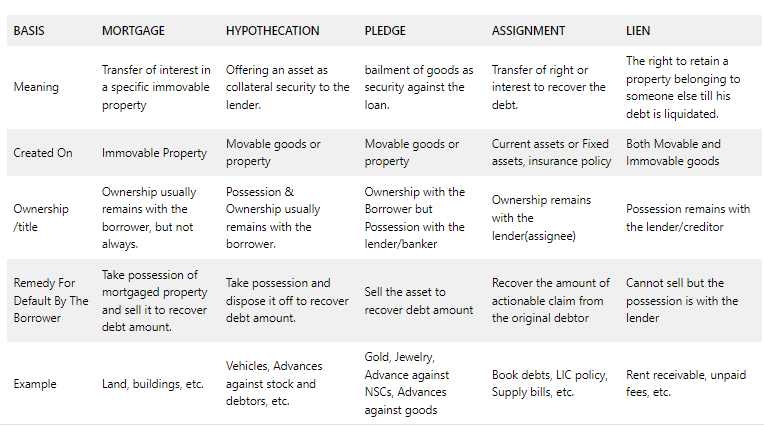Foreign Currency Exposure:
The Foreign Currency Exposure is a risk associated with the businesses and investors engaged in the activities (trade and investments) of dealing in foreign currency transactions. The entities involved in the activities of transactions in different foreign currency denominations and does not take steps to protect themselves from currency fluctuations.
This exposure arises when a company or individual holds assets, liabilities, or cash flows in a foreign currency without implementing any hedging mechanisms to mitigate potential adverse currency fluctuation.
Entities needs to hedge ourselves from foreign currency exposure in the market to avoid any risk of volatility in the exchange rates and Derivative hedging is the one of the best ways to hedge.
Unhedged foreign currency exposure (UFCE):
The RBI issues guidelines for banks to manage their foreign currency exposure either fund base or non-fund base, in an attempt to reduce the risk of unhedged exposure on the banking system during extreme volatility in forex markets.
Banks would be required to assess the unhedged foreign currency exposures of all entities to whom they have an exposure in any currency.
Accordingly, the banks were given advisory through the issuance of various directions, guidelines and circulars to develop a framework for regular monitoring of entities that do not have a hedge. Henceforth, the present directions dated 11th October 2022
Applicability of the Directions:
The provision pertaining to the current directions shall apply to all commercial Banks excluding Payments Bank and Regional Rural Banks along with the Overseas Branches and Subsidiaries of Banks incorporated in India.
These Directions shall come into effect from January 1, 2023.
Computation of UFCE:
Banks shall ascertain the Foreign Currency Exposure (FCE) of all entities at least on an annual basis. Banks shall compute the FCE following the relevant accounting standard applicable for the entity. For ascertaining the Foreign Currency Exposer, the banks shall also include all the sources of an entity’s exposure, including Foreign Currency Borrowings & External Commercial Borrowings.
UFCE shall be obtained from entities on a quarterly basis based on statutory audit, internal audit or self-declaration by the concerned entity. Moreover UFCE information shall be audited and certified by the statutory auditors of the entity, at least on an annual basis.
Provisioning and Capital Requirements:
The bank is required to calculate the total potential loss to the entity from Unhedged Foreign Currency Exposure. It shall be determined by using the data published by FEDAI on the annual volatility rate in the USD-INR exchange rate for the last 10 years and multiplying it with the UFCE of an entity.
The bank is required to ascertain the susceptibility of an entity towards adverse exchange rate movements. It shall be determined by computing the ratio of potential loss to the entity from UFCE and the entity EBID (Earnings before interest and depreciation).
In case if the bank is unable to gather information on UFCE and EBID of an entity due to restrictions on disclosure of information, then, in that case, the bank can compute the susceptibility ratio by using data that is immediately preceding the last four quarters.
In case of Unlisted Company if the information on EBID and UFCE is not available due to the non-availability of the last audited results of the last quarter, then, in that case, the bank shall undertake the latest quarterly and annual result. However, the EBID figure shall be for the last financial year.
The direction has determined the figure for computing the incremental provisioning and capital requirements which are as follows:
| Potential Loss or EBID ( in Percentage) | Incremental provisioning Requirements | Incremental Capital Requirements |
| Up to 15 % | 0 | 0 |
| 15% to 30% | 20 BPS | 0 |
| 30% to 50% | 40 BPS | 0 |
| 50% to 75% | 60 BPS | 0 |
| More than 75% | 80 BPS | Risk weight + 25% |
Further, the bank is required to calculate the incremental requirements on quarterly basis.
For projects under implementation and the new entities, banks shall calculate the incremental provisioning and capital requirements based on projected average annual EBID for the three years from the date of commencement of commercial operations.
In the case of consortium arrangements, the consortium leader / bank having the largest exposure shall have the lead role in monitoring the unhedged foreign exchange exposure of entities.
Exemption / Relaxation (a) Banks shall have the option to exclude the following exposures from the calculation of UFCE:
(i) Exposures to entities classified as sovereign, banks and individuals.
(ii) Exposures classified as Non-Performing Assets.
(iii) Intra-group foreign currency exposures of Multinational Corporations (MNCs) incorporated outside India.
Provided that the bank is satisfied that such foreign currency exposures are appropriately hedged or managed robustly by the parent. (iv) Exposures arising from derivative transactions and / or factoring transactions with entities, provided such entities have no other exposures to banks in India.
Assessment of Unhedged Foreign Currency Exposure (UFCE):
The banks are further required to ascertain the UFCE by obtaining such information from the concerned entity on quarterly basis. Further, the information on UFCE supplied to the bank must be audited and certified by a statutory auditor of the entity.

